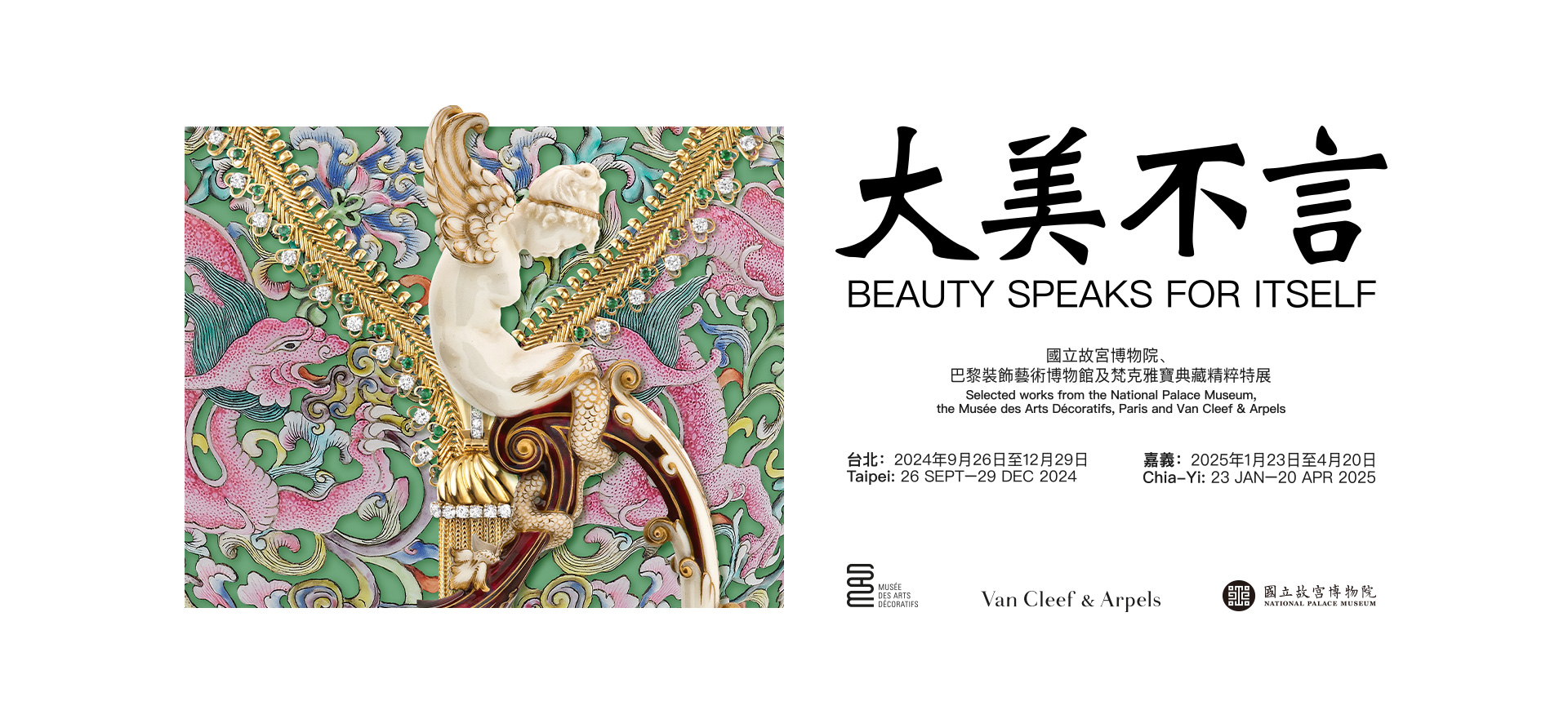Nature
In the decorative arts of both East and West, humanity's admiration for nature is evident. An inexhaustible source of inspiration, the plant world and animal kingdom have provided the artist and artisan with a constant, boundless supply of motifs, colors, interpretations, and materials.
To replicate the beauty and harmony—as well as the forms, contours, and tones—of these realms, the artistically minded have readily tapped into and even transformed natural specimens.
A rich vocabulary of symbols has been ascribed to birds, butterflies, flowers, fruits, and foliage throughout history, establishing fauna and flora as favorite themes to evoke an enchanting world or represent an imagined elsewhere. Both naturalistic and stylized depictions of wildlife have evolved along with eras, cultures, and artistic movements. But regardless of such evolutions, the natural world—fleeting yet eternal, fragile yet mighty—has remained of constant appeal to creative imaginations.
—Highlight Pieces—
-
Entwined Flowers, Red and White Roses bracelet
1924
Platinum, emeralds, rubies, onyx, yellow diamonds and diamonds
Van Cleef & Arpels CollectionPlease now look at the Entwined Flowers, Red and White Roses bracelet. This is one of the pieces that enabled Van Cleef & Arpels to win the Great prize at the International Exhibition of Modern Decorative and Industrial Arts in Paris in 1925. Alternating diamond and ruby roses are linked with calibrated emeralds and onyx. The buff-top technique gives the ruby petals a more velvety effect. The bracelet is also articulated, which makes it flexible and comfortable to wear.
-
Dish with incised peony decoration in white glaze Ding ware
Northern Song to Jin dynasty (960 –1234)
Ceramic
National Palace MuseumLet's look at two pieces from the National Palace Museum. The white jade bowl, which is a piece of Islamic art from Central Asia or Eastern Europe. The bowl was given in tribute to the Chinese Qianlong Emperor, and features flowers made of gold and gemstones.
-
Jade bowl with handles
Central Asia to Eastern Europe, 15th –18th century
Jade
National Palace Museum
Take a look at the Ding ware dish from the Song dynasty. This time the white color is achieved through glazing. All of the items in this display — ceramics, illustrations, and jewelry — share a common theme: floral decoration,sometimes realistic,sometimes stylized. -
Roses on a Pink Ground, Paul Iribe
France, c. 1910
Pencil and gouache on paper
Musée des Arts DécoratifsWhether drawn on paper, impressed on pottery, or assembled out of gems, flowers have always been an infinite source of inspiration as you can see from the five creations here. First, please have a look at the study by Paul Iribe, from the 1910s. Iribe was a famous French illustrator and designer in the decorative arts. To make the "Rose study on pink background", he moved away from a naturalistic depiction of nature and adopted a more geometric style that heralded the Art Deco aesthetic.
-
Flower Study, Paul Iribe
France, 1913
Pencil, watercolor, ink, and gouache on paper (glued on paper) Musée des Arts DécoratifsPlease have a look at the study by Paul Iribe, from the 1910s. Iribe was a famous French illustrator and designer in the decorative arts. To make the “Flower study”, hemoved away from a naturalistic depiction of nature and adopted a more geometric style that heralded the Art Deco aesthetic.


